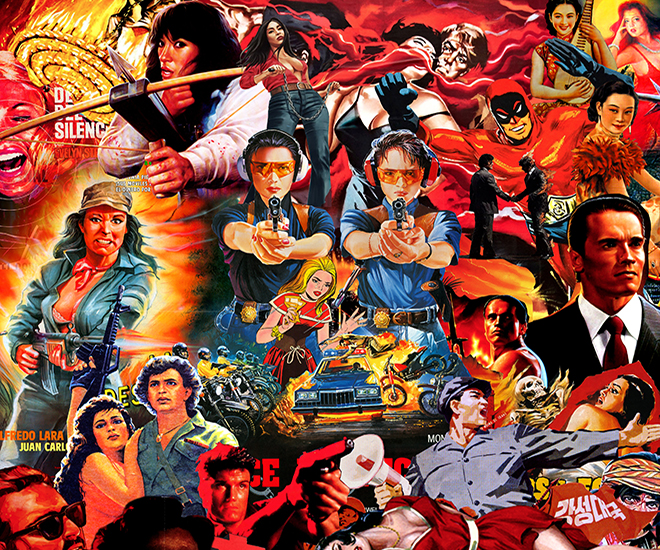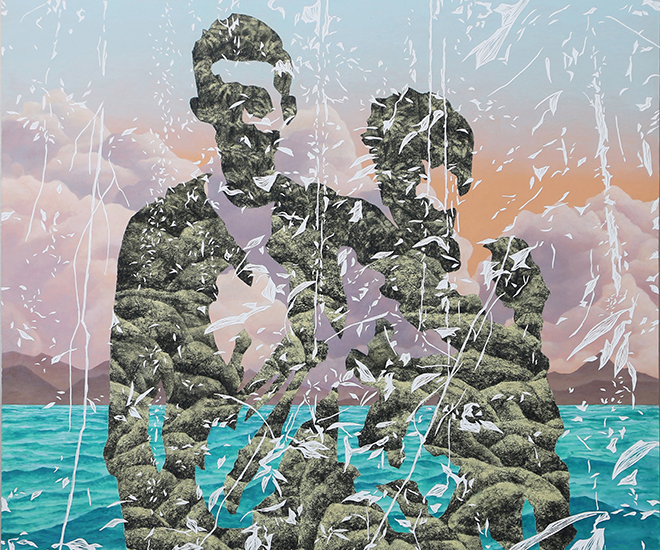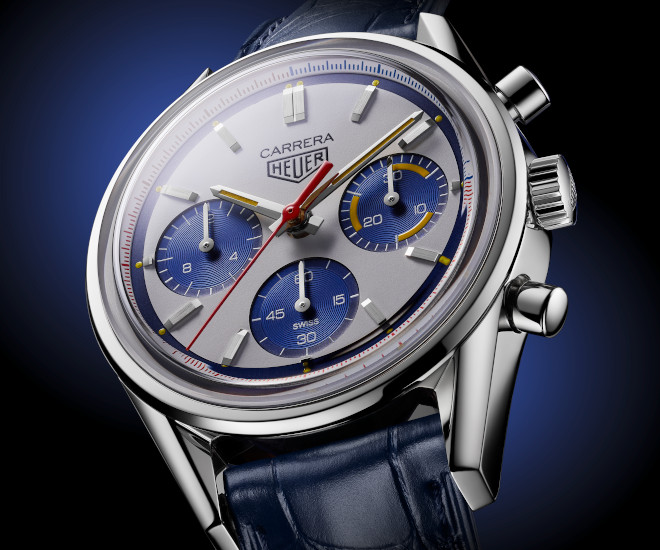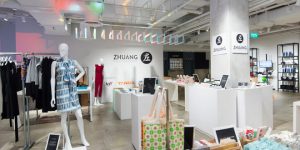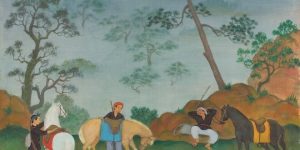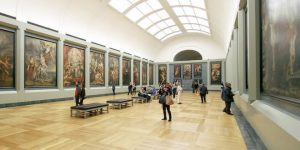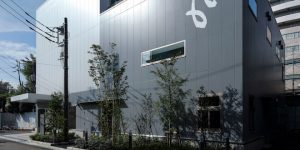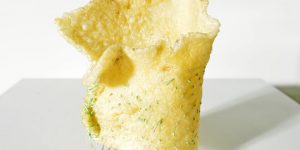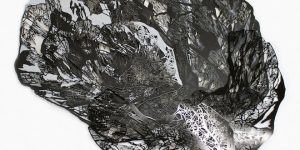Dada today: Art-making ‘invades’ non-art spaces through the support of corporations like Facebook, Amtrak and Autodesk
With today’s art being increasingly made in Artist-in-Residence programs supported by businesses, what does this signify for the future of art?

Daryl Goh’s ‘Installation Lucid’ at Zhuang: Home of Singapore Designers
Appropriation is the act of reusing existing elements within a new work. The appropriation in art goes back to the early 1900s when Marcel Duchamp’s ‘Fountain’ provided new ways of seeing through readymades. Relating this concept of art-making to macroeconomics, we are starting to see the appropriation of art-making in non-art spaces. Art has transcended the art circle of galleries, museums, institutions and artist-run spaces. Increasingly, it has been produced for retail strategies, business expansion, corporate social responsibility, branding and marketing.
As the designer and co-producer of Asia’s pioneering projection-mapping infused retail experience, ‘Installation Lucid @ Zhuang Home of Singapore Designers’, I am privileged to have seen the creative possibilities of this new phenomenon. The appropriation of creative media facilitates the shift in the retail industry through utilising art as an apparatus to infuse fashion and technology while inspiring new competitors in the industry transformation.
Groundbreaking projects worth mentioning in recent years include Viktor & Rolf in Milan which features the entire interior of the store upside down. The floor is on the ceiling and vice versa while chandeliers are erected from the floor. Raf Simons’ Tokyo clothing boutique is another unique meeting of art and fashion where artist Sterling Ruby used the floors and ceilings of the space as his canvas. Pedder on Scotts in Singapore is also an innovative endeavour to curate an experience that feels “like a nice day in a modern gallery” as Peter Harris, President of Pedder Group, says.

Daryl Goh’s ‘Installation Lucid’ at Zhuang: Home of Singapore Designers
Taking this framework of appropriation to the corporate level, art goes beyond the face value of commissioning and selling paintings. There is a new innovative spectacle that is sweeping across large organisations: the corporate-sponsored artist-in-residence (AIR) programmes. Autodesk is an architectural and engineering software producer with a residency programme that proved commerce and art can thrive together. Not only are artists funded for the projects they carry out, they can also help to shape technology that is useful to Autodesk. Amtrak, the railroad service in the United States, created an AIR programme which rewarded them with exponential influence on social media. In addition to Facebook which is also well known to commission artists to produce installations in their campus, there are over 200 of these AIR programmes in the United States.
To ride on this wave, I founded the NPE Art Residency in Singapore. Housed within a leading print house, NPE Print Communications, arguably Singapore’s first and only free AIR programme provides artists with a studio for three months, consultancy with the leaders of the print industry, cost-priced production within the resources of the communication and press facility. This art initiative has since provided the corporate agency with new business ideas and propositions, such as launching a giclee print arm of the company with artist, Nicola Anthony, as an ambassador for this service.

Eunice Lim’s ongoing NPE Art Residency in Singapore residency
The interdisciplinary capabilities of art are undeniable. Traditional streams of art production will continue to anchor the history of art and culture within the art industry. However, the innovative appropriation of art as a corporate entity will manifest into something exciting within new spheres that will continue to surprise us time and again.
This article was written by Daryl Goh and originally published in Art Republik.
